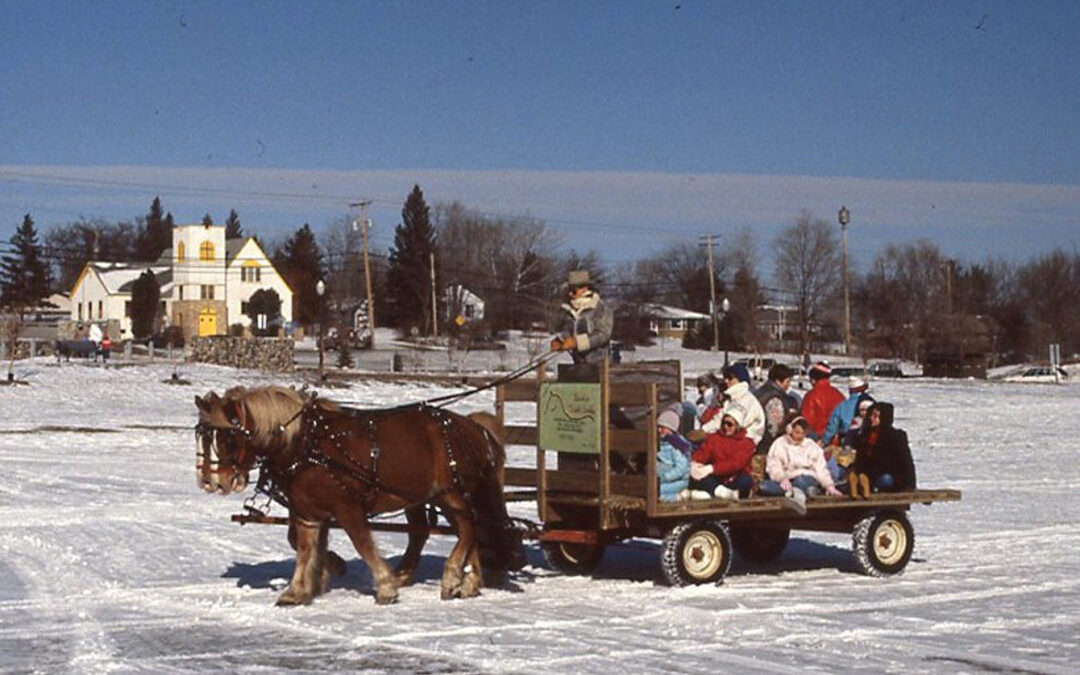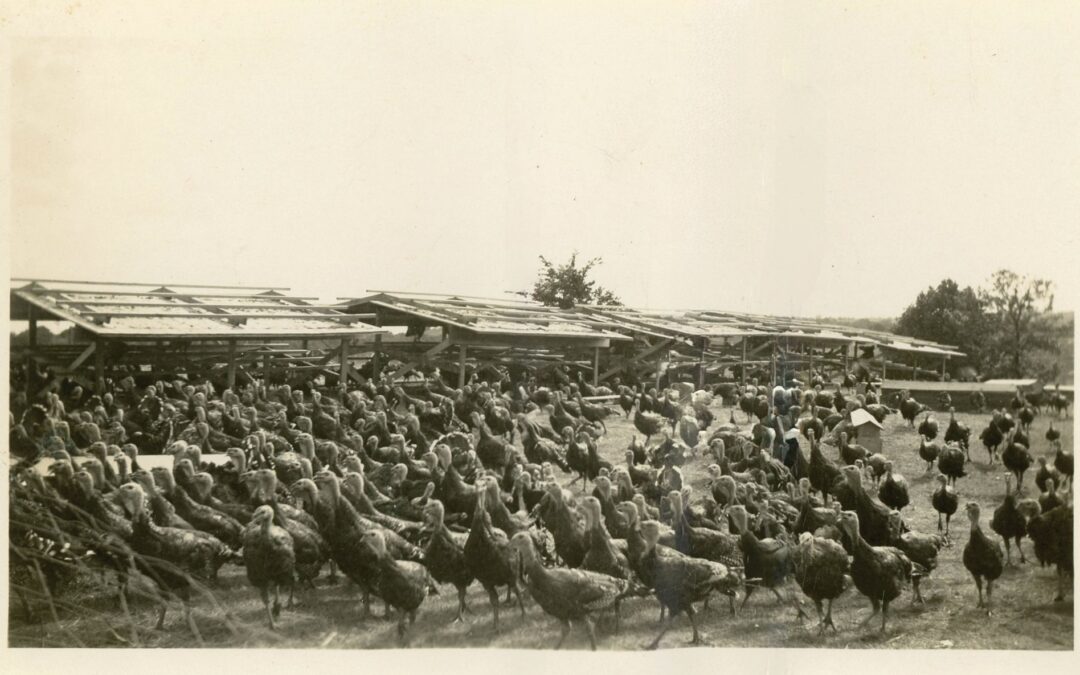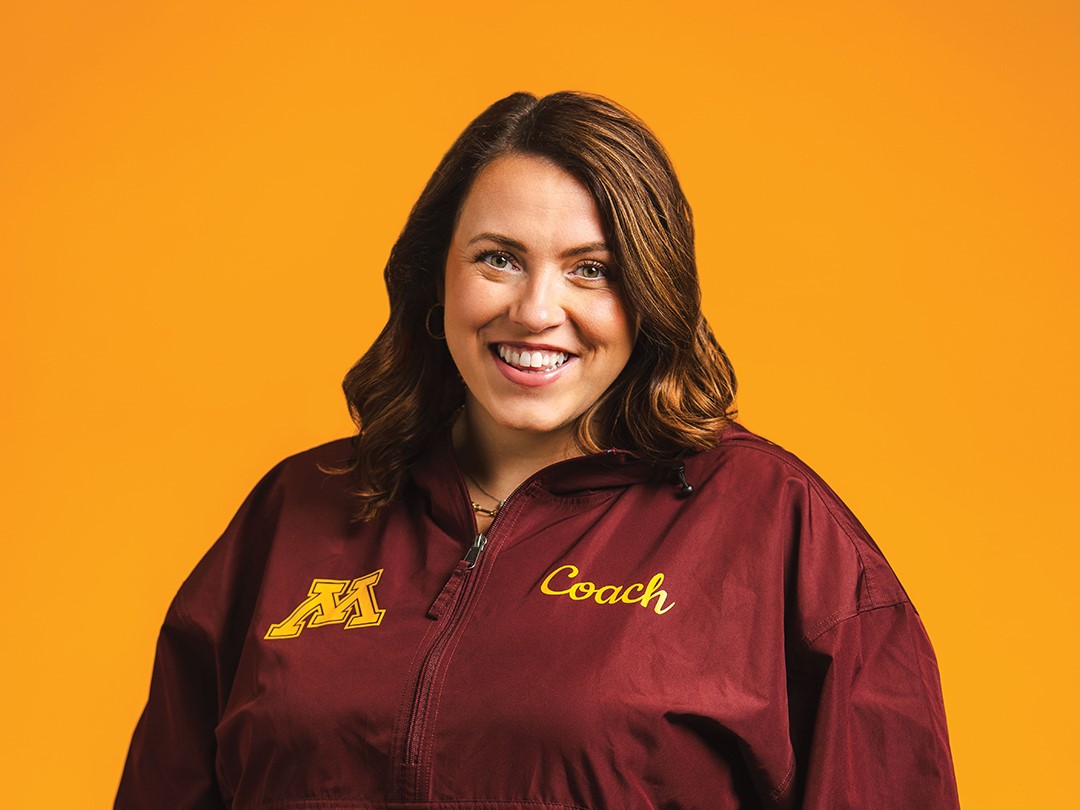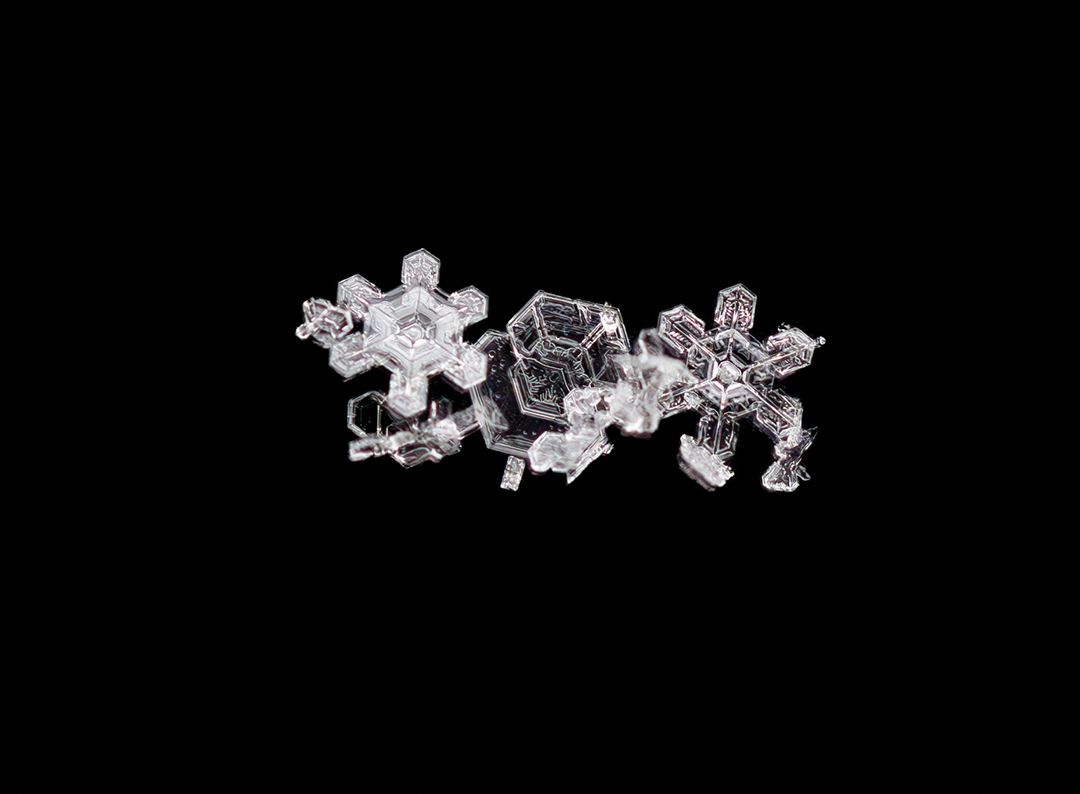
Brian and Jodi Sularz with their dog, Tessa. Photo: Rachel Nadeau
Back in 1979, when 4-and-a-half-year-old Brian Sularz caught his first walleye—a 4-and- a-half-pounder—the fish wasn’t the only thing that got hooked.
Since that first successful outing on Leech Lake with his grandfather, Sularz has been committed to the pursuit of the wily walleye, fishing 12 months a year on water and ice. In 2013, the Maple Grove resident and his wife, Jodi, became proprietors of Big B’s Bait & Tackle on Bass Lake Road in Plymouth, just west of Eagle Lake Regional Park.
The shop has been in existence for nearly 20 years; Sularz and his wife, Jodi, took it over from the original owner who is also a friend. Brian, who owns a concrete contracting firm, started out helping his friend run the shop and then wound up buying the business.
The store is well-stocked with bait, including two relatively hard-to-find types prized by anglers: jumbo leeches and live, salted shiners, he says. The inventory also includes crappie minnows and fatheads, wax worms, night crawlers, green crawlers, leeches and bullheads. Sularz also sells all of the necessary gear, including custom-made tackle.
Walleyes have been the most popular Minnesota fish for decades. The walleye has been designated the official state fish since 1965, and three different Minnesota cities call themselves “The Walleye Capital of the World,” according to the state Department of Natural Resources. Today, Minnesotans catch more than 4 million pounds of walleye each year, according to the DNR.
People love the taste of walleye. But for Sularz, the main lure is the challenge of going after walleye because of their unpredictable habits. “They are very diverse, you can catch them in 6 feet of water one day and 50 feet the next day. They’re always changing, they never seem to have a strict pattern. Certain walleyes have certain migrational habits, but during the summer, they can be very hard to pattern.”
In 2000, Sularz started fishing competitively on the pro walleye tour, after a friend suggested he give it a shot. In their first tourney, Sularz and his teammate finished 24th among 88 teams.
He fishes in about a half dozen tourneys per season, ranging from Dunkirk, N.Y., to Arkansas, to Lake Erie in Ohio. What has he learned? “I’ve learned you always have to have an open mind. Every day is different in walleye fishing and you have to have multiple tactics, a broad spectrum of presentations–crank baits, spinner baits, jigging with live bait…”
A typical tournament pays about $20,000-$25,000 to the first place winner. Sularz has won two professional walleye tourneys over the years, and has also scored multiple top-10 finishes.
The Sularzes also sponsor fishing clinics for kids through the Three Rivers Parks District and Boy Scouts.
Jodi Sularz helps at the shop when she isn’t busy with her own tax preparation business. Like Brian, she developed a love of fishing in childhood on family camping trips Up North and enjoys the shop. “The people who come in are fun; there’s a lot of bantering that goes on,” she says. Big B’s also functions as a meeting place for local fishermen, a great place to get the latest information on where and when the fish are–or aren’t–biting.
Jim Lynch, a local fisherman and long-time customer, says Sularz provides more than just bait. “He’s not just a guy selling worms; he can speak from experience and put it in layman’s terms. I fish with him summer and winter and I learn something every time I fish with him. He appreciates that Big B’s is “one of the few bait shops open at 7 a.m. – which is important when you’re waiting to get out on the lake.”
Where to fish for walleye
Eagle Lake is Brian Sularz’s favorite metro area lake for fishing for walleyes. “It’s a great walleye lake, plumb full of them. And a lot of guys like to fish for northerns there.” Along with walleyes, he considers Medicine Lake a good lake for “beautiful sunfish.” Another favorite metro area lake is Lake Independence. Farther out, he favors some of the best-known walleye spots, including Leech Lake on the Leech Lake Indian Reservation, Cass Lake in Cass County, Lake Winnibigosh in Chippewa National Forest, and of course, Mille Lacs Lake.
Avoid these mistakes when fishing for walleye
In fishing for walleye, one of the most common mistakes amateurs make is “fishing too deep,” says Brian Sularz. “During certain times of the year, they are mostly in shallow water.” On Eagle Lake, a weedy body of water that is actively stocked with walleye fry, Sularz often catches them in 11 to 14 feet of water, “when a lot of people are fishing 20 feet deep. On Lake Independence, early in the season, you can catch walleyes in 6 to 10 feet of water. In February, guys are catching them deeper, in 25 to 35 feet of water.”
Sularz favors live bait. “Someone who is just beginning and trying to learn the patterns is going to have much more success with live bait than using artificial lures. Rather than trying to get too advanced too fast, keep it simple– Walleye Fishing 101, with Lindy rigs and a bobber, and maybe a jig. After you taste some success, you can move on to more advanced techniques.”
Common mistakes beginners make
Sularz says a common amateur fishing mistake is “fishing memories –what worked before won’t necessarily work this time. If you get too caught up in what worked before, most times you won’t have success. In any given lake, walleyes are constantly changing,” he says, based on certain factors like water temperature, barometric pressure and the time of day. Anglers have been using electronic sonar devices to help them locate fish since the invention was introduced back in the late 1950s. In using electronic “fish finders,” a common mistake amateurs make is buying the most complicated, expensive gear they can find. “I made that mistake, at first, getting electronics that were too advanced. I wasn’t able to take advantage of everything the equipment had to offer. You need to choose a device you are going to be able to comprehend and read, and use on the water.”
A two-for-one-special
There’s an ancient stereotype about fishermen’s alleged habit of exaggerating or lying about their catches.
But, after decades of year-round fishing, Brian Sularz has plenty of true fish stories to tell. The one that tops the list happened to him while ice fishing for walleye on Eagle Lake. Sularz momentarily turned away from the hole in the ice, forgetting to open the bail on his reel, which would allow line to unspool without resistance. Below the ice, a northern grabbed his bait and pulled his pole through the hole.
Twenty minutes later, the bobber on his other line shook, signaling a northern pike that had grabbed the bail. When Sularz pulled in the northern, he also pulled in the northern that had struck earlier. It had gotten tangled in his other line. That was “once in a lifetime,” he says.






















